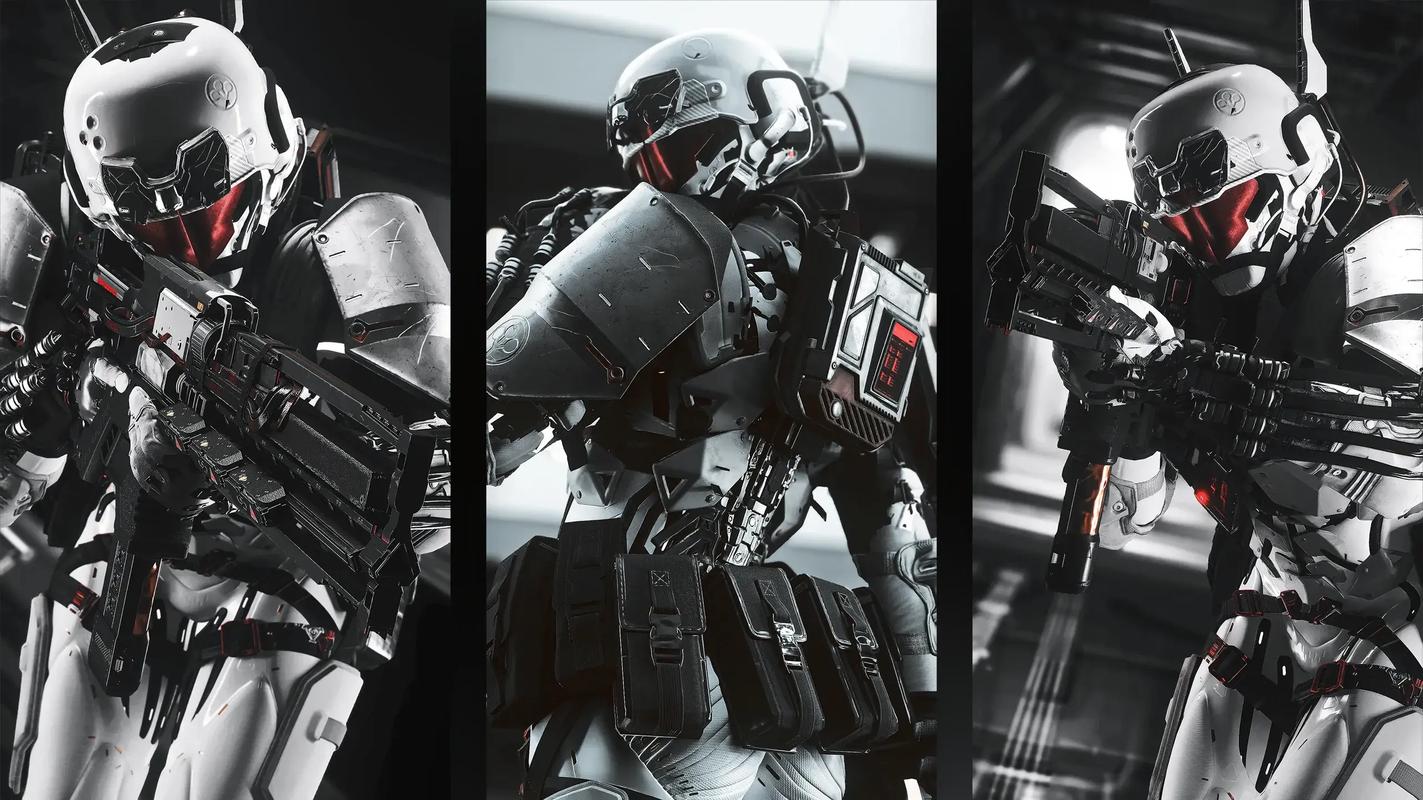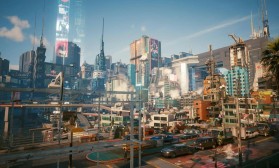Key Updates in AAA Game News: Technical Breakdowns
The landscape of AAA gaming is perpetually shifting, driven by a relentless pursuit of graphical fidelity, immersive worlds, and seamless gameplay. This evolution is not just about bigger budgets and longer development cycles; it's fundamentally a story of technical innovation and the complex challenges that accompany it. From the advent of new hardware to the refinement of software engines, the technical underpinnings of blockbuster games are more fascinating and critical than ever. Here’s a breakdown of the key technical trends and updates currently defining the AAA space.
The Unreal Engine 5 Revolution: Beyond Nanite and Lumen
Epic Games’ Unreal Engine 5 (UE5) has moved from a promising tech demo to the foundational engine for a new generation of titles, and its real-world implementation is providing the most compelling news. Early showcases like The Matrix Awakens demonstrated the potential of its core technologies: Nanite virtualized micropolygon geometry and Lumen dynamic global illumination. Now, with games like Senua’s Saga: Hellblade II, Black Myth: Wukong, and Stalker 2: Heart of Chornobyl leading the charge, we are seeing how these tools are being used in practice.
The technical breakdown of Hellblade II is particularly instructive. Ninja Theory is using Nanite not just for immense environments, but for character models themselves. This allows for an unprecedented level of detail in close-ups, with every pore, strand of hair, and speck of dirt on Senua’s face being represented by actual geometry rather than traditional normal maps. This shifts a significant burden from artists to the engine, automating the process of detail scaling. Meanwhile, Lumen eliminates the need for pre-baked lighting, allowing cinematographers to manipulate light in real-time, much like on a physical film set. This results in a more dynamic and believable world where light behaves physically accurately, reflecting off surfaces and casting soft, realistic shadows.
However, the news isn't just about these headline features. UE5’s World Partition system is a monumental update for open-world development. It allows massive worlds to be built as a single, persistent level, streamed seamlessly without the traditional loading screens or cumbersome level streaming setups. This fundamentally changes the workflow for large teams, enabling multiple developers to work on different parts of the world simultaneously without conflict.
The Ray Tracing Evolution: From Novelty to Necessity

Ray tracing (RT), once a niche feature for high-end PC gamers, is rapidly becoming a standard target for AAA developers, especially as it gets integrated into current-gen consoles. The technical conversation has moved from "if" a game supports it to "how" it is implemented.
We are now seeing a more sophisticated and performance-conscious application of the technology. Instead of simply slapping on full ray-traced reflections, shadows, and global illumination, developers are adopting a hybrid approach. A key update is the increased use of Ray Traced Global Illumination (RTGI). Unlike traditional light probes and baked lighting, RTGI calculates how light bounces off surfaces in real-time, creating incredibly natural and soft lighting that unifies a scene. Games like Cyberpunk 2077 with its Overdrive Mode and the Alan Wake II use RTGI to create a level of atmospheric cohesion that was previously impossible, where every object feels grounded in its environment.
Furthermore, Ray Traced Reflections are being used more intelligently. Instead of being limited to screen-space, which can cause reflections to disappear when the source object is off-camera, full ray-traced reflections capture the entire environment. This is crucial for creating believable wet city streets, polished floors, and bodywork on vehicles. The performance cost remains high, but advancements in upscaling are making it more accessible.
The Upscaling Arms Race: DLSS, FSR, and XeSS
Perhaps the most critical technical development for enabling these advanced graphics features is the widespread adoption of AI-powered upscaling technologies. These are no longer mere "settings"; they are integral to the performance profile of modern AAA games.
Nvidia’s DLSS (Deep Learning Super Sampling) continues to lead in image reconstruction quality with its latest 3.5 version, which introduces "Ray Reconstruction." This AI network replaces hand-tuned denoisers for ray-traced effects, resulting in cleaner, higher-quality reflections, shadows, and global illumination with better stability and detail retention. The frame generation technology in DLSS 3, while requiring specific hardware, offers a massive performance boost on supported GPUs.
In response, AMD’s FSR (FidelityFX Super Resolution) has gained significant traction due to its hardware-agnostic nature. The recent launch of FSR 3 with its own frame generation technology is major news, bringing a comparable performance-boosting feature to a much wider audience, including console players. While its image quality can sometimes lag behind DLSS, its open approach ensures more gamers can benefit from higher frame rates.
Intel’s XeSS is also entering the fray, using a machine learning approach similar to DLSS but also supporting non-Intel hardware through a fallback mode. As these technologies mature, the competition is driving rapid innovation, making high-fidelity, high-frame-rate gaming more achievable than ever before.
The SSD Paradigm Shift: Beyond Faster Loading
The solid-state drive (SSD) is the unsung hero of the current console generation and modern PC gaming. Its impact goes far beyond reducing loading times; it is fundamentally altering game design. Developers are now designing games around the concept of instantaneous data streaming.
This is evident in games like Sony’s Ratchet & Clank: Rift Apart, which famously uses the PS5's SSD to instantly teleport the player between completely different universos without a hint of a load screen. This isn't a gimmick; it's a new design language. Open-world games can now be designed with less "filler" content like empty fields or winding paths meant to mask loading. Worlds can be denser and more detailed because the engine can stream in high-quality assets fast enough to keep up with player movement. This technical shift is quietly enabling the vast, incredibly detailed worlds we see in upcoming titles, reducing development constraints and allowing for more creative and rapid world traversal.
Conclusion: A Convergence of Technologies
The current state of AAA game development is defined by the convergence of these technologies. Unreal Engine 5 provides the tools to build unimaginably detailed worlds, ray tracing makes the light in those worlds behave with physical accuracy, AI upscaling makes rendering those worlds performantly possible, and SSDs ensure those worlds can be streamed and explored without interruption. The technical breakdowns of upcoming games are no longer just about polygon counts or texture resolution; they are about how these complex systems interact to create deeper, more immersive, and more believable experiences. As these technologies continue to mature and become more accessible, the line between the virtual and the real will continue to blur, powered by some of the most exciting technical engineering in the entertainment industry.
















